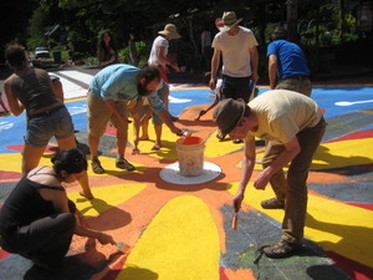
A participant in a City Repair place-making workshop once said, “What good is freedom of assembly without a place to assemble?” Here volunteers come together to repair an intersection in Portland, Oregon. (Photo courtesy of City Repair)
On after-work dog walks through my West Newton neighborhood, I see dozens of cars but few pedestrians. Less than a handful cross paths with me on the sidewalk, our interactions seldom going beyond the averted gaze, the perfunctory wave or the quick hello. Even in Dolan’s Pond, the closest patch of woods, waterfront and wildlife—a rare green space that I had imagined would be a post-rush-hour mecca for the deskbound—these walks are largely solitary affairs. As I commune with my canines and marvel at cardinals, red-winged blackbirds and other avian visitors to this nature sanctuary, I wonder where the humans are.
I imagine most of them are hidden in the usual places—behind workstations, dashboards or big screen TVs. Vacant sidewalks are typical of bedroom communities like mine, where many adult residents spend their most productive hours elsewhere doing work that in no way intersects with the life of the community. Away on weekdays, not much in evidence on weekends, and rarely seen operating without the aid of a mobile device, few develop strong ties to the land and people in their neighborhood.
In Bowling Alone, Harvard University Professor Robert Putnam estimates that every ten minutes of commuting reduces social connections by ten percent. With most adult residents of my hometown—myself included—at work or in transit most of the time, it’s hard to feel rooted to the community and invested in its future. To change all that, I thought of simple things I could do, from holding a block party to volunteering with local organizations to scheduling a town meetup. But as I searched the web for options, a more holistic, durable solution emerged.
Making the Neighborhood More Neighborly
The idea took shape in 2001, when City Repair in Portland, Oregon, an urban planning consultancy, organized the city’s first annual Village Building Convergence (VBC), now a ten-day event planned by thousands of volunteers that’s like a block party on steroids. By day, neighbors and visitors co-create or renovate small, permanent public spaces at 40 sites around the city where they can gather together, enjoy community-based art, or tend a permaculture garden. By night, they attend a community dinner, workshops, talks and a music festival in exchange for a small fee that supports the daytime artistic and ecologically-oriented “place-making” activities.
In one neighborhood, homeowners contributed a corner of their own property as a public gathering space replete with pizza oven, bench and community bulletin board. Another VBC project, which started out as a mural and bench at a well-travelled intersection, morphed into the construction of street-side compost bins and community gardens.
Other cities with ongoing Village Building Convergence events include Asheville, North Carolina; Burlington, Vermont; Minneapolis, Minnesota; Olympia and Port Townsend, Washington; and Sebastopol, California, which held its first VBC in 2014. Projects included street murals, community kale patches, a children's fairy village and a decorative bus stop bench. The Sebastopol VBC also featured SEBtalks, inspired by TED Talks, on “The Heart and Mind of the Community,” and a daily “open village” where people could network, swap used items and get their bikes repaired.
These hands-on projects and community gatherings have led to a more connected Sebastopol, says Sebastian Collet, a Sebastopol VBC organizer who once worked as City Repair’s Placemaking Coordinator. “Through casual conversation I met four or five people who all live on my street,” he recalls.
Reclaiming the Commons
According to Mark Lakeman, principal and co-founder of City Repair, which has facilitated or inspired independent place-making projects in more than 50 cities in the US, Canada, Australia, India and Brazil, VBC is part of a growing effort to reclaim the commons in cities and towns designed more for automobiles than pedestrians.
“We raise awareness of a fundamental issue of placelessness that is endemic to the urban and suburban landscape of the USA,” says Lakeman. “We also motivate and support these communities to creatively engage the situation by planning and designing, funding and permitting, building and maintaining these various kinds of ecologically conceived gathering places. All of the projects promote design literacy, so people come out of the process with new tools and strengths for being creative problem-solvers in their own lives.”
The epitome of an urban retreat, Village Building Convergence could be just the antidote for bedroom communities like mine that can be as sleepy by day as they are by night. Whether developed through expansion of existing local programs (such as Newton’s annual day of service that brings neighbors together for building, painting, planting and cleanup projects) or started from scratch, a VBC in my hometown could be a game changer.
Over time, those dog walks might grow less solitary, peppered by impromptu conversations that go way beyond the quick hello. It may take a lot longer to get back home, but that’s a price I—and I suspect the dogs—would be willing to pay.
I imagine most of them are hidden in the usual places—behind workstations, dashboards or big screen TVs. Vacant sidewalks are typical of bedroom communities like mine, where many adult residents spend their most productive hours elsewhere doing work that in no way intersects with the life of the community. Away on weekdays, not much in evidence on weekends, and rarely seen operating without the aid of a mobile device, few develop strong ties to the land and people in their neighborhood.
In Bowling Alone, Harvard University Professor Robert Putnam estimates that every ten minutes of commuting reduces social connections by ten percent. With most adult residents of my hometown—myself included—at work or in transit most of the time, it’s hard to feel rooted to the community and invested in its future. To change all that, I thought of simple things I could do, from holding a block party to volunteering with local organizations to scheduling a town meetup. But as I searched the web for options, a more holistic, durable solution emerged.
Making the Neighborhood More Neighborly
The idea took shape in 2001, when City Repair in Portland, Oregon, an urban planning consultancy, organized the city’s first annual Village Building Convergence (VBC), now a ten-day event planned by thousands of volunteers that’s like a block party on steroids. By day, neighbors and visitors co-create or renovate small, permanent public spaces at 40 sites around the city where they can gather together, enjoy community-based art, or tend a permaculture garden. By night, they attend a community dinner, workshops, talks and a music festival in exchange for a small fee that supports the daytime artistic and ecologically-oriented “place-making” activities.
In one neighborhood, homeowners contributed a corner of their own property as a public gathering space replete with pizza oven, bench and community bulletin board. Another VBC project, which started out as a mural and bench at a well-travelled intersection, morphed into the construction of street-side compost bins and community gardens.
Other cities with ongoing Village Building Convergence events include Asheville, North Carolina; Burlington, Vermont; Minneapolis, Minnesota; Olympia and Port Townsend, Washington; and Sebastopol, California, which held its first VBC in 2014. Projects included street murals, community kale patches, a children's fairy village and a decorative bus stop bench. The Sebastopol VBC also featured SEBtalks, inspired by TED Talks, on “The Heart and Mind of the Community,” and a daily “open village” where people could network, swap used items and get their bikes repaired.
These hands-on projects and community gatherings have led to a more connected Sebastopol, says Sebastian Collet, a Sebastopol VBC organizer who once worked as City Repair’s Placemaking Coordinator. “Through casual conversation I met four or five people who all live on my street,” he recalls.
Reclaiming the Commons
According to Mark Lakeman, principal and co-founder of City Repair, which has facilitated or inspired independent place-making projects in more than 50 cities in the US, Canada, Australia, India and Brazil, VBC is part of a growing effort to reclaim the commons in cities and towns designed more for automobiles than pedestrians.
“We raise awareness of a fundamental issue of placelessness that is endemic to the urban and suburban landscape of the USA,” says Lakeman. “We also motivate and support these communities to creatively engage the situation by planning and designing, funding and permitting, building and maintaining these various kinds of ecologically conceived gathering places. All of the projects promote design literacy, so people come out of the process with new tools and strengths for being creative problem-solvers in their own lives.”
The epitome of an urban retreat, Village Building Convergence could be just the antidote for bedroom communities like mine that can be as sleepy by day as they are by night. Whether developed through expansion of existing local programs (such as Newton’s annual day of service that brings neighbors together for building, painting, planting and cleanup projects) or started from scratch, a VBC in my hometown could be a game changer.
Over time, those dog walks might grow less solitary, peppered by impromptu conversations that go way beyond the quick hello. It may take a lot longer to get back home, but that’s a price I—and I suspect the dogs—would be willing to pay.
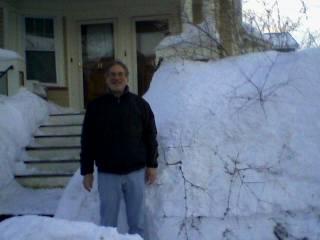
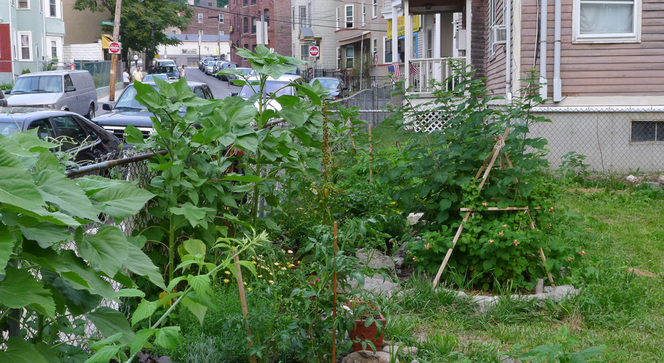
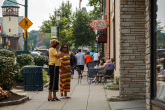


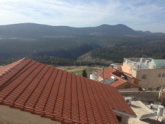
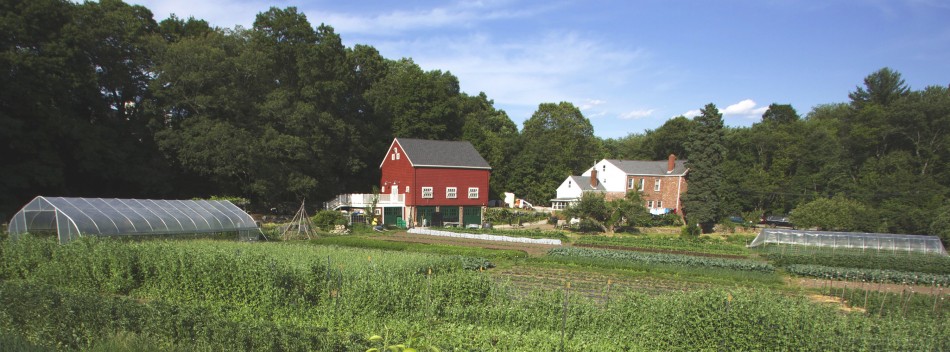
 RSS Feed
RSS Feed